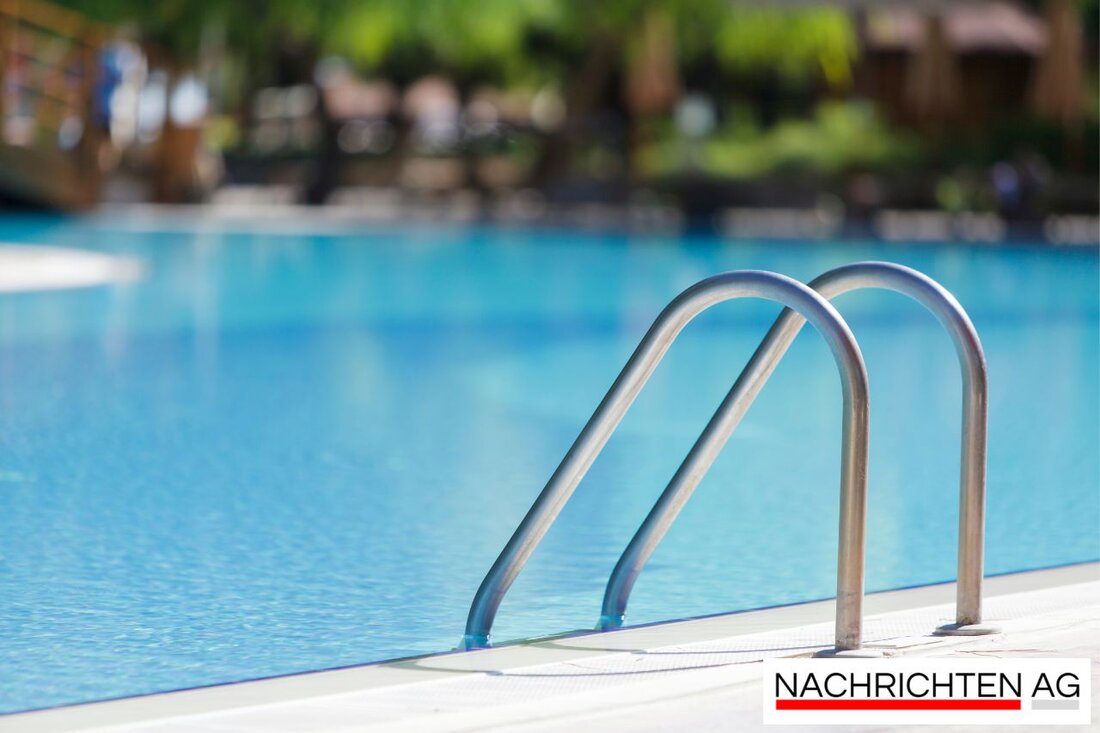Prices rise, buoyancy decreases: DLRG sounds the alarm!
Kleve provides information about rising swimming pool prices in 2025 and the declining swimming ability of children. Parents beware!

Prices rise, buoyancy decreases: DLRG sounds the alarm!
The question of children's ability to swim is increasingly a concern for many parents in Germany. According to the German Life Saving Society (DLRG), the numbers are alarming: many children cannot swim. This is particularly concerning considering that 57 percent of children are rated by their parents as safe swimmers, a slight decline from 59 percent in 2017. What many people don't know, however, is that DLRG studies show that not everywhere where a seahorse shines, there is also safe swimming behind it. Parents often mistakenly believe that their children can swim once they have this first swimming badge, although the actual safe swimmer status is only achieved with the free swimmer (bronze swimming badge).
If we look at the age breakdown, the differentiation becomes even clearer: Only 26 percent of six-year-olds are considered safe swimmers, while the figure is already 83 percent of ten-year-olds. DLRG estimates that 58 percent of children are not safe swimmers at the end of primary school. In particular, the increase in non-swimmers and the decline in unsafe swimmers shows where the problem lies. While only 23 percent of children are considered unsafe (in 2017 it was 31 percent), 21 percent of children do not have a swimming certificate, even though their parents classify them as safe or unsafe. So it remains an issue, also for parents and the system. DLRG reports that there is a need for action.
Entrance fees to swimming pools are rising
Another reason why fewer children can swim could be the pricing policy at local swimming pools. Admission prices to swimming pools and outdoor pools in North Rhine-Westphalia rose by around six percent from June 2024 to June 2025. Anyone who thinks that a day of vacation in the swimming pool is a cheap treat is wrong: in addition to the entry costs, there are usually also meal costs, and these are almost eleven percent more expensive in the outdoor pool. Families should keep in mind that a visit to the swimming pool can quickly cost a lot of money. Figures from the State Statistical Office illustrate this trend.
Future perspective
With these developments, questions about safe swimming and the costs of swimming pool visits are more present than ever. DLRG reports that the summer holidays in particular often offer an opportunity to attend swimming courses. However, it remains to be seen how children's swimming ability will develop in the coming years. Support from charitable organizations also plays a central role. These emphasize the importance of swimming training and access to recreational opportunities such as swimming pools.
The graphic for assessing children's swimming ability, published by DLRG, is on Statista available, and provides interesting data that should stimulate discussion about buoyancy.

 Suche
Suche
 Mein Konto
Mein Konto